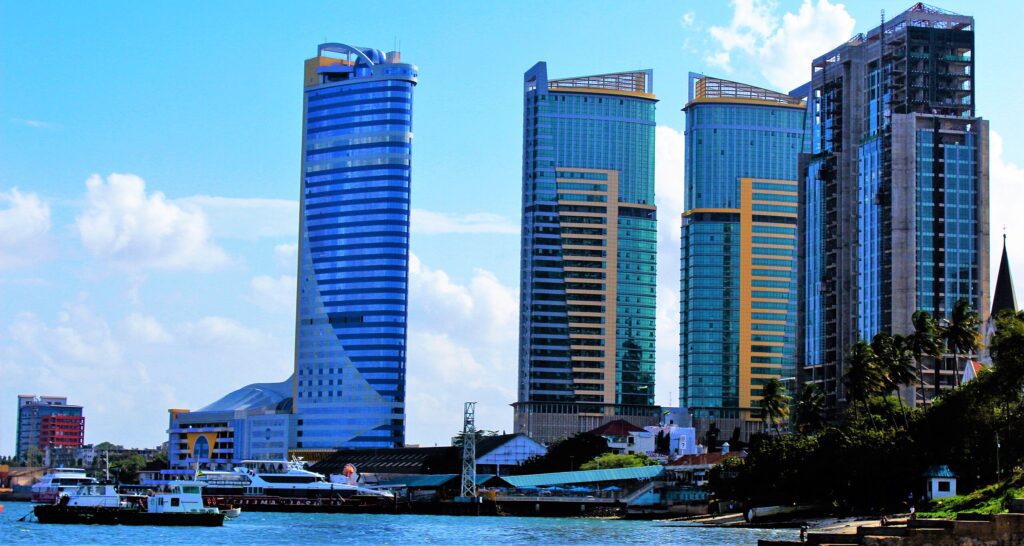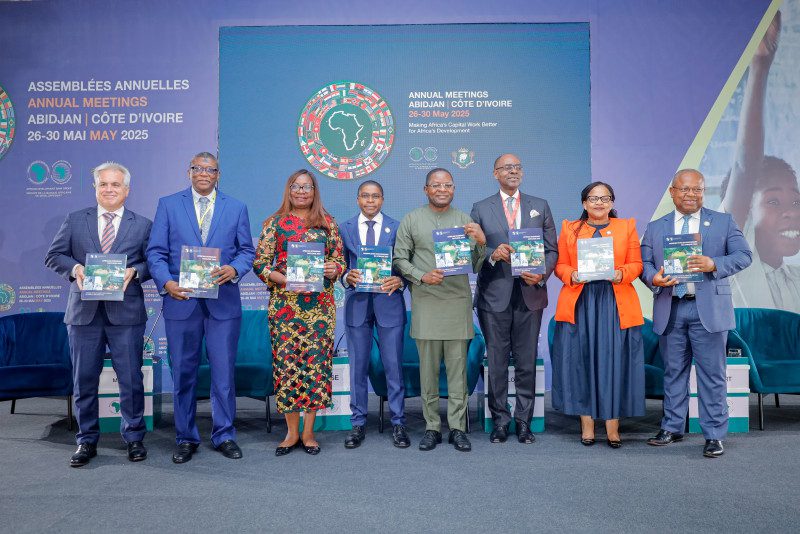
Monday, 11th August 2025

By inAfrika Reporter
By sunrise, the trucks are already rolling out of Kurasini with less drama and more purpose. Some don’t even bother with the city anymore—they cut inland to Kwala, where boxes are stacked, scanned, and sent onward like clockwork. That small shift tells the bigger story: the Tanzania Ports Authority (TPA) is moving from a one-port habit to a system-wide reflex. The point isn’t glamour. It’s flow.
Dar es Salaam remains the anchor. But the center of gravity is tilting toward discipline and reach—berths that turn ships faster, a terminal run to global standards, and inland capacity that pulls congestion off the quay. The 30-year concession at Container Terminal 2 (CT2) with Adani’s AIPH was the signal moment: a promise that yard moves, crane rates, and ship turnarounds would be managed with the cool ruthlessness of a specialist operator. That’s not ideology; it’s muscle memory learned from ports that win.
Hardware has been catching up. The World Bank-backed Dar es Salaam Maritime Gateway Project (DMGP) spent the last stretch doing the unglamorous work—dredging, berth works, yard re-laying, and supervision aimed at bigger ships and cleaner moves. By September 2024, 94 percent of the combined financing had already been disbursed; maintenance dredging was wrapped and under supervised monitoring into early 2025. When concrete and steel are this far along, excuses tend to dry up.
Then came the inland release valve. On August 1, 2025, President Samia Suluhu Hassan inaugurated the Kwala Dry Port—Kwala International Logistics Center—explicitly to push long-dwell containers off the waterfront and closer to road and rail spines. Fewer city miles. More predictable handovers. Lower total cost per box for everyone from a Mwanza importer to a Katanga miner. If Dar is the lung, Kwala is the diaphragm that keeps it breathing under load.
The metrics are moving, not racing—and that’s fine. From May to November 2024, TPA ports handled 16.5 million tonnes of cargo, up roughly six percent year-on-year; containers reached 621,584 TEU, up just over three percent. Incremental? Yes. But in supply chains, steadiness beats sugar highs. The relevant question is whether those gains hold as CT2’s new routines and Kwala’s inland capacity mature.
Government has pinned a number to its expectations: TZS 1.38 trillion in TPA revenue for FY 2025/26. Targets concentrate the mind. They also expose slippage fast. To hit that figure without bruising service levels, TPA has to convert the “network” idea into daily discipline—truck slots that mean something, rail windows that stick, and a digital trail that doesn’t fall back to paper the moment a printer coughs.
Out on the flanks, the system is spreading risk and opportunity. Tanga’s steady climb—nearly Sh50 billion in revenue between July 2024 and January 2025—reads like a port finally finding its lane in the north: petroleum, general cargo, and coastal moves that don’t need Dar’s scale to be viable. In the south, the new Kisiwa Mgao facility near Mtwara is designed to keep coal, sulfur, and other sensitive bulk cargoes out of town and on controlled quays—good for residents, better for throughput, and essential if southern industry is to scale without backlash.
Let’s be blunt about the hard parts. Ports live or die on predictability, not press conferences. The choke points are familiar: uneven truck arrivals that turn gates into parking lots; last-mile drag into the city; inconsistent uptake of rail from quay to Kwala; and documents that wander offline at exactly the wrong moment. The fixes are not theoretical. Enforce arrival windows with penalties and rewards. Publish CT2 and Kwala service standards weekly—crane rates, yard dwell, gate times—and let customers price their risk. Hard-wire rail paths on fixed timetables so shippers trust the slot. Keep pushing single-window customs so a single missing stamp doesn’t hold a twenty-foot unit hostage.
If this sounds clinical, it’s supposed to. The new TPA value proposition to Tanzania and its neighbors (Zambia, DRC, Rwanda, Malawi) is simple: berth on time, clear on time, deliver on time. DMGP gave the muscle; CT2’s concession injects the operating discipline; Kwala gives the lungs space to expand. The rest is repetition—thousands of small, boring, exact actions, every day, until the corridor’s reputation catches up with the ambition.


